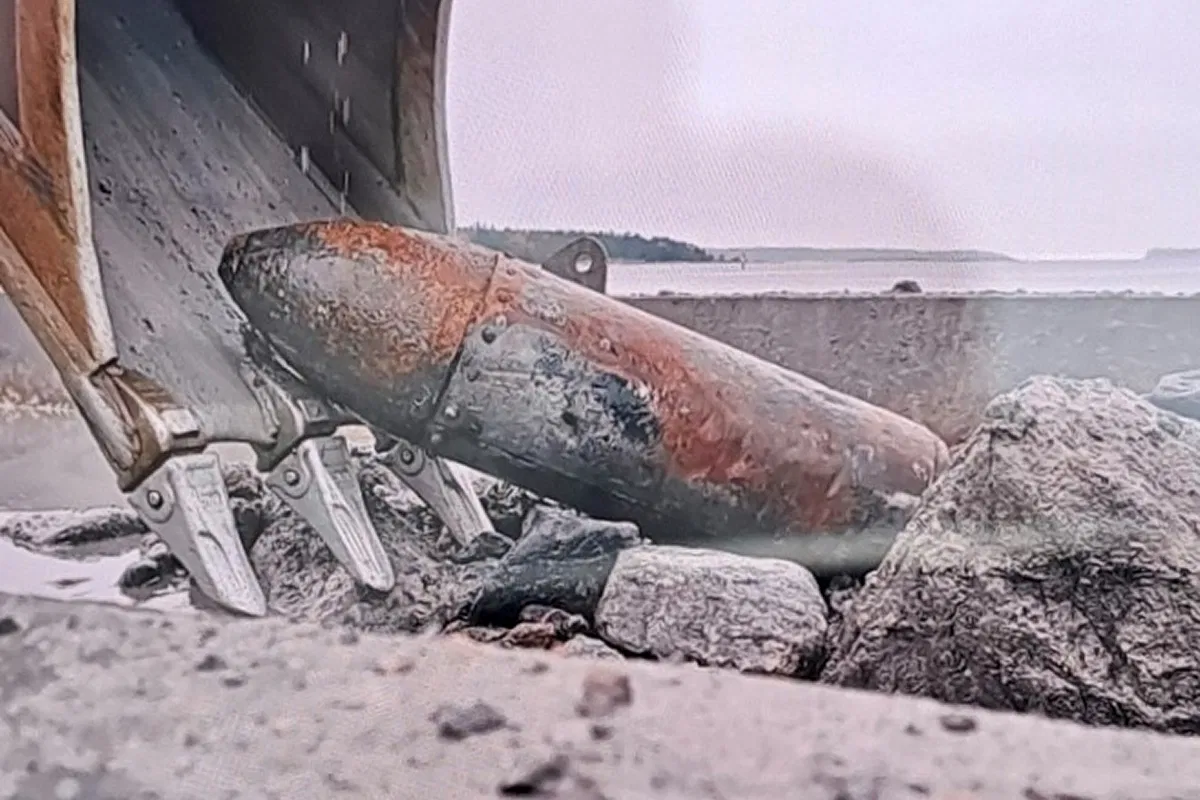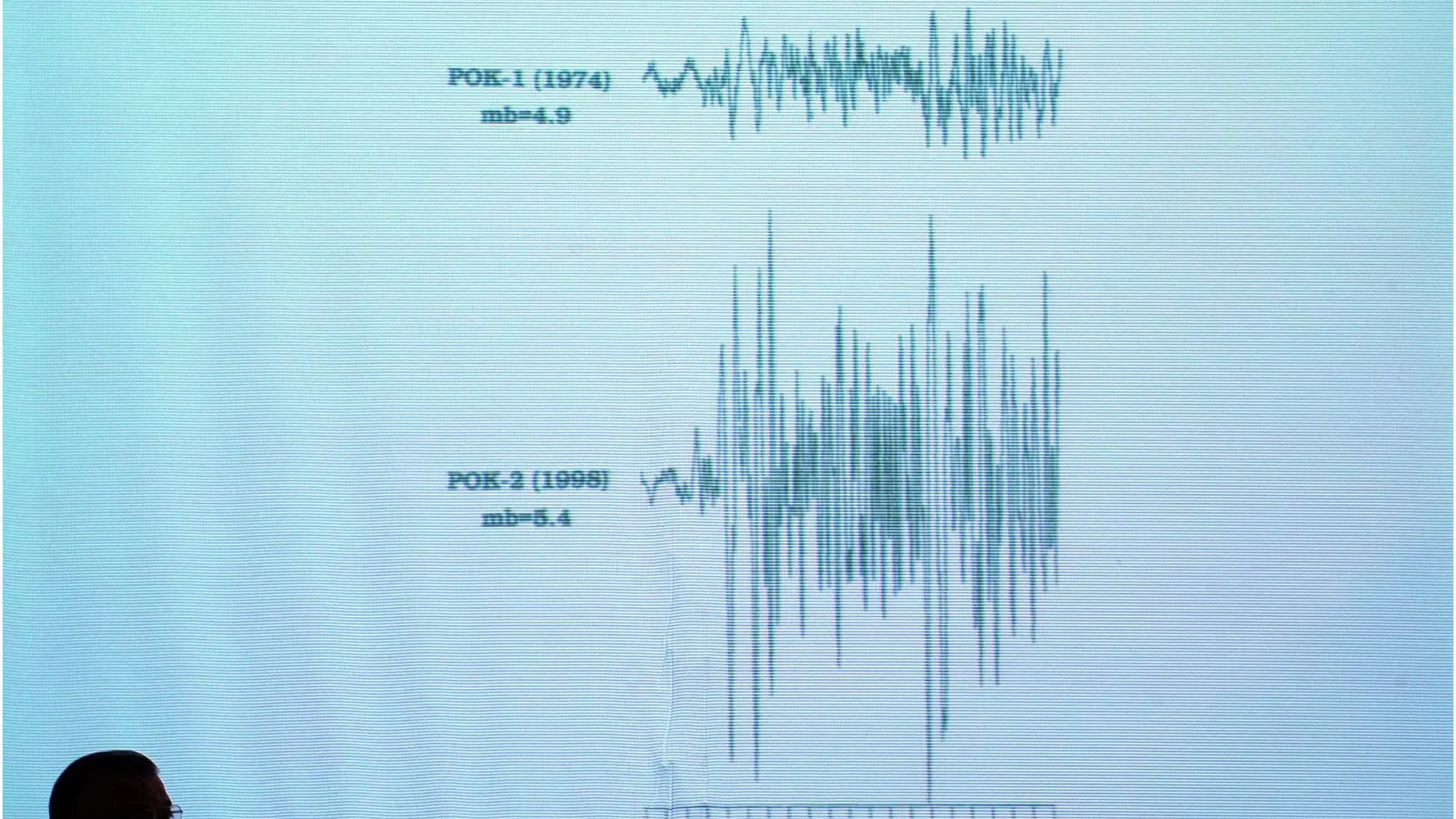Copyright euroweeklynews

A 250-kilogram explosive from the Second World War halted port activity and triggered a rare Defence Forces response on Finland’s west coast. Discovery during harbour dredging Work at Rauma’s busy port came to an abrupt stop in late October when a dredging crew pulled up a rusted metallic cylinder that turned out to be a 250-kilogram aerial bomb dating back to World War II. Police immediately cordoned off the area, suspended shipping traffic and called in the Finnish Defence Forces (FDF) after confirming the object was likely live ordnance. “The explosive was transported to a safe location by the Defence Forces and will be disposed of,” local police said in a statement. The bomb, buried for more than 80 years, was deemed stable enough to move. Army explosive-ordnance specialists and Navy divers towed it several kilometres offshore, where it was destroyed in a controlled detonation at sea under strict safety supervision. Echoes of Finland’s wartime past Rauma, on Finland’s south-west coast, was heavily bombed by Soviet aircraft during the Winter War and Continuation War. Local historians estimate more than 3,000 bombs fell over the town between 1939 and 1944, making the new discovery plausible evidence of a long-lost raid. “Each year we still find reminders of that era,” said a Finnish Navy spokesperson. “Although rare in ports like Rauma, historical munitions are part of our coastline’s legacy.” Finland’s routine fight against forgotten weapons The Finnish Defence Forces handle more than 500 explosive-ordnance callouts annually, most involving leftover shells, mines or aerial bombs. Once police identify an item as military, responsibility automatically passes to the FDF’s specialist teams. Navy and Army explosive-ordnance units are trained to operate jointly at sea and on land, a capacity increasingly aligned with NATO standards since Finland joined the alliance in 2023. This month, Finnish crews are again working with Standing NATO Mine Countermeasures Group 1 (SNMCMG1) to scan and dispose of historic ordnance in the Gulf of Finland. Environmental concerns and future safeguards Experts note that controlled detonations, while safest for personnel, can temporarily disturb marine ecosystems. Studies in the North and Baltic Seas have suggested that blast-in-place methods may cause more environmental harm than slow corrosion in some cases. Finnish authorities now employ mitigation tools such as “bubble curtains” – underwater noise and shockwave reduction technology used during controlled detonations – to dampen the effects. The Rauma incident has prompted fresh discussion about UXO (unexploded ordnance) surveys during port expansion. Construction firms are urged to carry out seabed risk assessments before dredging—standard practice in areas with wartime history. A reminder beneath the waves For residents of Rauma, the operation ended quietly once the perimeter was lifted and ships returned to harbour. Yet the event underlines how the ghosts of Europe’s twentieth-century conflicts still surface, sometimes literally, along the Baltic shore. You can find more news from Finland here.



